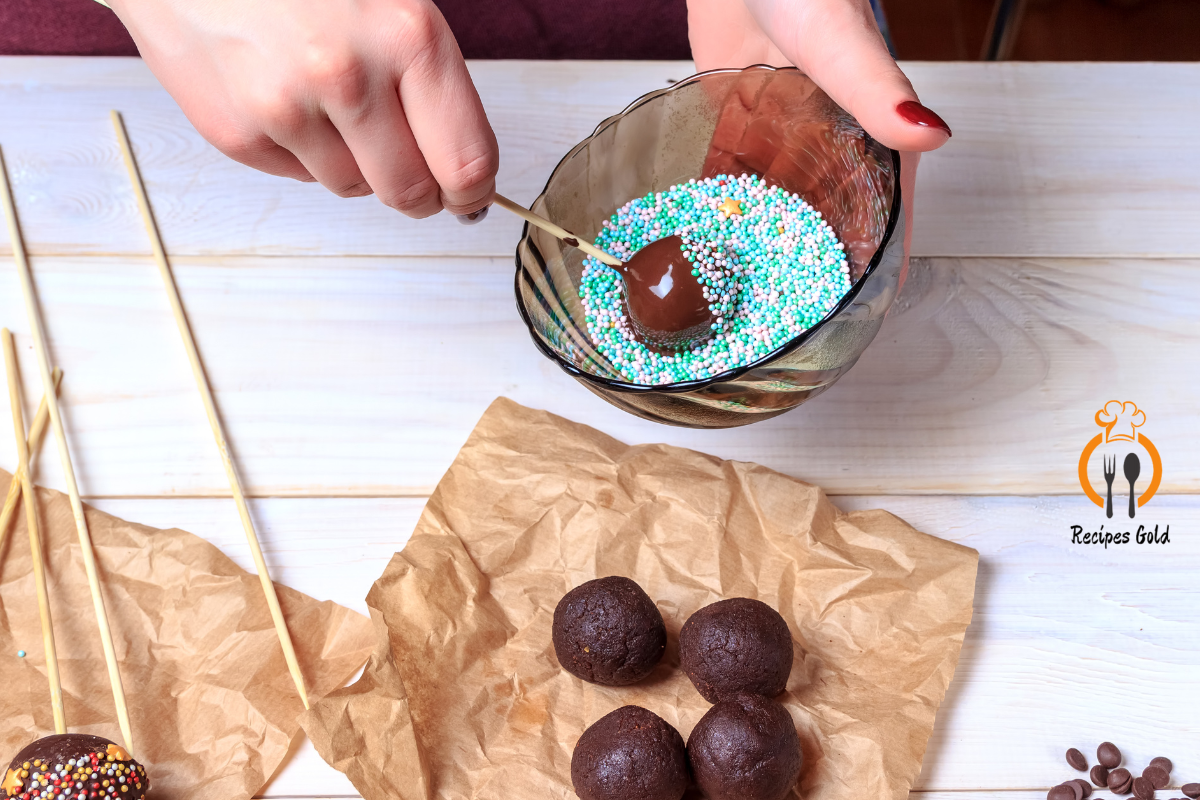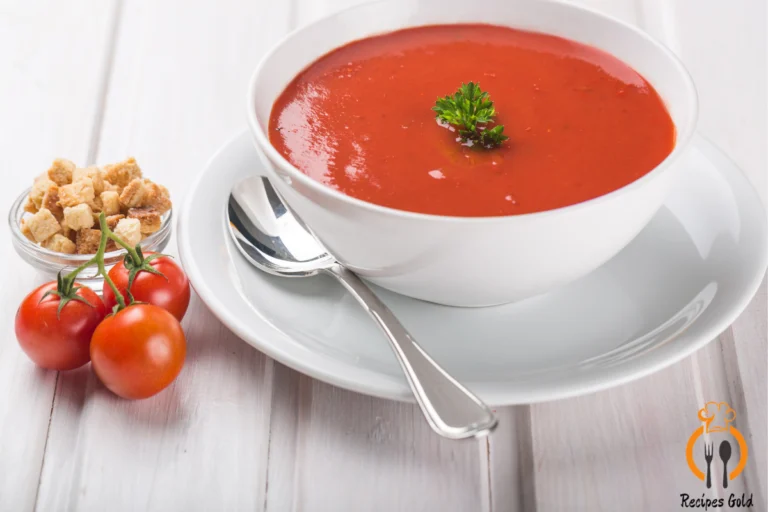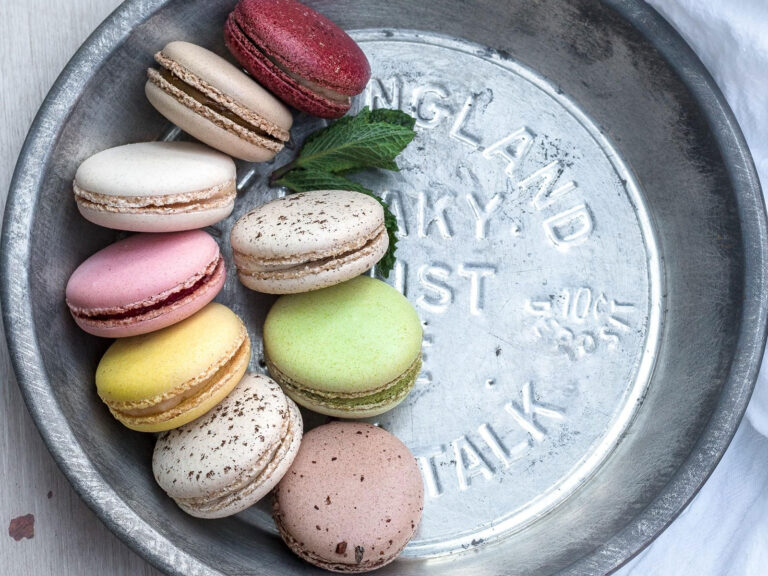Cake Pops Freshness: Storage, Shelf Life & Decorating Guide
Cake pops, those delightful, bite-sized treats, have captured the hearts of dessert lovers everywhere. A common question that arises is: How long do cake pops stay fresh? This guide dives deep into ensuring your cake pops maintain their freshness, exploring the best storage practices and advanced decorating tips. Whether you’re a baking novice or a seasoned pro, you’ll find essential insights to keep your cake pops deliciously fresh and visually stunning, making them the highlight of any dessert table.
Introduction to Cake Pops
Cake pops have become a dessert staple, beloved for their versatility and joy they bring to makers and recipients alike. These small spheres of cake, coated in chocolate or candy and perched on a stick, offer a world of flavor in a single bite. But beyond their taste and aesthetic appeal, many bakers and party planners ponder: How long do cake pops last?
Understanding the shelf life of cake pops is crucial for food safety and maintaining their perfect texture and taste. After all, no one wants a cake pop that’s dry or spoiled. This guide will explore the factors affecting the longevity of cake pops, from the ingredients used to their storage. Let’s start this sweet journey, ensuring your cake pops are always fresh, safe, and irresistibly delicious.
Ensuring Freshness: What You Need to Know
When it comes to cake pops, several factors can influence how long they stay fresh and tasty. Understanding these can help you ensure your cake pops remain a hit, whether they’re for a big event or a cozy gathering at home.
Ingredients Used
The choice of ingredients plays a crucial role in the shelf life of cake pops. For instance, cake pops made with boxed cake mix tend to last longer than those made from scratch. This difference is due to the preservatives in boxed mixes that extend freshness. On the other hand, homemade cake recipes might offer richer flavors but can shorten the lifespan of your cake pops.
Storage Methods
How you store cake pops significantly affects their longevity. Keeping them in the refrigerator can extend their life, thanks to the cool temperature slowing down the growth of bacteria. However, it’s not always necessary to refrigerate them. Room temperature storage is fine for a short period, especially if you plan to serve them within a few days.
Coating and Decoration
The type of coating and decoration on your cake pops also matters. Chocolate or candy coatings create a seal around the cake, which can help keep moisture in and extend the shelf life. However, once that seal is broken, or if the coating cracks, air can get in and dry out the cake pop or introduce bacteria.
By paying attention to these factors, you can make informed decisions about how to prepare and store your cake pops, ensuring they stay delicious and safe to eat for as long as possible. Let’s dive deeper into the optimal shelf life of cake pops in the next section, where we’ll discuss how long you can expect your cake pops to last under various conditions.
Optimal Shelf Life of Cake Pops
The shelf life of cake pops can vary, but knowing the optimal timeframe helps ensure they’re enjoyed at their best. Let’s break down what you can expect in terms of freshness and how to spot when they’re past their prime.
Freshness Timeline
Typically, cake pops remain fresh and tasty for up to a week when stored properly. This timeline starts from the day you bake the cake, not when you finish assembling the cake pops. If you keep them refrigerated, you might squeeze out a couple more days of freshness. However, it’s crucial to serve them within this period to ensure the best quality.
Visual and Taste Quality
Fresh cake pops have a moist interior and a firm, intact chocolate coating. As they start to age, you might notice the cake drying out or the chocolate shell cracking. If a cake pop looks soggy, discolored, or has an off smell, it’s a clear sign that it’s no longer good to eat. Always trust your senses; if something seems off, it’s better to err on the side of caution.
Understanding these aspects of cake pop freshness ensures that every bite is as delightful as intended. Next, we’ll explore the best practices for storing cake pops, whether you’re prepping for an upcoming event or saving leftovers for later enjoyment.
Best Practices for Storage
Proper storage is key to maintaining the freshness and flavor of cake pops. Whether you’re looking to keep them for a short period or need to extend their shelf life for an event, here are the best practices for storing your cake pops.
Short-term Storage
For cake pops you plan to serve within a few days, room temperature storage is often sufficient. Keep them in a cool, dry place, away from direct sunlight or any heat sources. Storing them in an airtight container or wrapping them individually in plastic wrap helps prevent them from drying out. This method is ideal for keeping your cake pops fresh for up to a week.
Long-term Storage
If you need to store cake pops for longer than a week, refrigeration or freezing can help extend their shelf life. When refrigerating, place the cake pops in an airtight container to protect them from absorbing any odors and to prevent condensation from making them soggy. Cake pops can last in the refrigerator for up to two weeks.
Freezing offers the longest storage option, allowing cake pops to stay fresh for several months. To freeze, wrap each cake pop individually in plastic wrap, then place them in a freezer bag or an airtight container. When you’re ready to enjoy them, let the cake pops thaw in the refrigerator overnight or at room temperature for a few hours.
By following these storage tips, you can ensure your cake pops remain delicious and safe to eat, whether you’re making them in advance for a party or saving leftovers for later. Next, we’ll delve into tips for extending the shelf life of your cake pops, ensuring they’re always ready for your sweet tooth cravings.
Extending the Shelf Life of Cake Pops
Ensuring your cake pops last until they’re ready to be enjoyed involves a few clever strategies beyond basic storage. Here are some tips to help extend their shelf life without compromising their quality or taste.
Preventive Measures
- Use Fresh Ingredients: Starting with fresh, high-quality ingredients can significantly impact the longevity of your cake pops. Fresh ingredients mean fewer bacteria and a longer shelf life.
- Minimize Moisture: Moisture is the enemy of freshness. Ensure your cake is completely cool before crumbling and mixing with frosting to avoid trapping excess moisture, which can lead to spoilage.
- Seal Tightly: A tight chocolate or candy coating acts as a barrier, protecting the cake from air and moisture. Ensure the coating completely covers the cake pop to extend its freshness.
Creative Solutions
- Freezing the Cake: If you’re planning ahead, consider baking your cake in advance and freezing it. A frozen cake can last for months, and you can thaw it when you’re ready to make your cake pops. This method saves time and ensures you’re working with fresh cake every time.
- Freezing Cake Pop Dough: Another approach is to freeze the cake pop dough. While freezing the shaped balls is an option, freezing the mixed dough allows for more flexibility. You can portion and shape the dough after thawing, ensuring a fresh taste and texture.
- Batch Preparation: For large orders or events, prepare your cake pops in batches. Freeze the cake or dough in portions, then assemble and decorate closer to the event date. This approach ensures freshness and reduces last-minute stress.
By incorporating these strategies, you can confidently prepare cake pops in advance, knowing they’ll maintain their deliciousness until it’s time to serve them. Next, we’ll address some of the most frequently asked questions about cake pops, providing you with comprehensive insights to tackle any cake pop challenge.
Creative Decorating Ideas
After mastering the basics of making cake pops and ensuring they stay fresh, you might be ready to elevate your creations with advanced decorating techniques. This section will inspire you to explore new artistic heights, making your cake pops not just delicious treats but also works of art.
Incorporating Themes and Characters
- Themed Cake Pops: Whether it’s for a holiday, sports event, or a birthday party with a specific theme, learn how to use colors, patterns, and edible decorations to match any occasion.
- Character Cake Pops: Discover tips for transforming your cake pops into beloved characters from movies, books, or cartoons, using fondant, edible markers, and creative shaping techniques.
Using Different Types of Coatings
- Beyond Chocolate: Explore alternative coatings such as candy melts in various colors, marbled effects with multiple colors, or even edible glitter and metallic sprays for a dazzling finish.
- Texture Techniques: Learn how to add textures to your coatings with techniques like drizzling, dipping in crushed nuts or sprinkles, or using a toothpick to create swirls and patterns.
Advanced Decoration Materials
- Fondant and Gum Paste: Get tips on using fondant and gum paste for detailed decorations, from simple flowers and shapes to intricate designs that sit atop your cake pops.
- Edible Paints and Pens: Find out how to use edible paints and pens to add fine details, facial features, or personalized messages to your cake pops.
Presentation and Packaging
- Creative Presentation: Ideas for presenting your cake pops in an appealing way, whether it’s a custom cake pop stand, arranged in a bouquet, or displayed as part of a dessert table.
- Packaging for Gifts: Tips for packaging your cake pops for gifts or favors, including clear bags, custom tags, and ribbons, ensuring they look as good as they taste.
By exploring these advanced decorating techniques, you can push the boundaries of what’s possible with cake pops, turning them into edible masterpieces that are sure to impress. Whether you’re making them for a special occasion or as a creative outlet, the possibilities are endless. Let your imagination run wild and create cake pops that are truly one-of-a-kind.
FAQs
Cake pops, with their delightful taste and charming appearance, often bring up several questions, especially regarding their shelf life and best practices for storage. Let’s address some of the most frequently asked questions to clear up any confusion and ensure your cake pop experience is nothing short of perfect.
How long can I keep cake pops before they go bad?
Typically, cake pops stay fresh and enjoyable for up to a week when stored at room temperature in an airtight container. If refrigerated, they can last for two weeks, and if frozen, several months. However, for the best taste and texture, it’s recommended to consume them within a week.
Can I refrigerate or freeze cake pops?
Yes, you can refrigerate or freeze cake pops to extend their shelf life. Refrigeration is suitable for short-term storage of up to two weeks, while freezing can preserve them for several months. Remember to wrap them individually in plastic wrap before freezing to prevent freezer burn and maintain their quality.
How do I know if a cake pop is no longer good to eat?
Spoiled cake pops may exhibit signs like an off smell, discoloration, or a soggy, unpleasant texture. If the chocolate coating cracks and exposes the cake, it may dry out faster or become susceptible to spoilage. When in doubt, it’s safer to discard any cake pops that don’t seem fresh.
By keeping these FAQs in mind, you can navigate the world of cake pops with ease, ensuring every batch is as delicious as intended. Whether you’re a baking enthusiast or planning a special event, understanding these key points helps guarantee your cake pops are always a hit.
In the next section, we’ll wrap up our comprehensive guide on cake pops, summarizing the key takeaways and offering a final word on creating perfect cake pops every time.
As we conclude our comprehensive journey through the world of cake pops, it’s clear that these delightful treats are more than just a trend. They’re a creative expression of baking that brings joy to both the creator and those lucky enough to enjoy them. From understanding the factors that affect their freshness to mastering the art of storage, we’ve covered everything you need to know to ensure your cake pops are always at their best.
Summary
Cake pops can last up to a week at room temperature, two weeks in the refrigerator, and several months in the freezer, provided they are stored correctly. The key to extending their shelf life lies in using fresh ingredients, minimizing moisture, and sealing them with a tight coating. By following the tips and strategies discussed, you can prepare cake pops in advance with confidence, knowing they’ll remain fresh and delicious for your event or occasion.
Now that you’re equipped with the knowledge and insights to make perfect cake pops, it’s time to put your skills to the test. Experiment with different flavors, coatings, and decorations to create cake pops that are uniquely yours. Share your creations with friends and family, and watch as these bite-sized treats bring smiles and sweetness to any gathering.
Remember, the beauty of cake pops lies in their versatility and the personal touch each baker brings to their creations. So, grab your baking supplies, unleash your creativity, and start making cake pops that are sure to impress. Happy baking!







